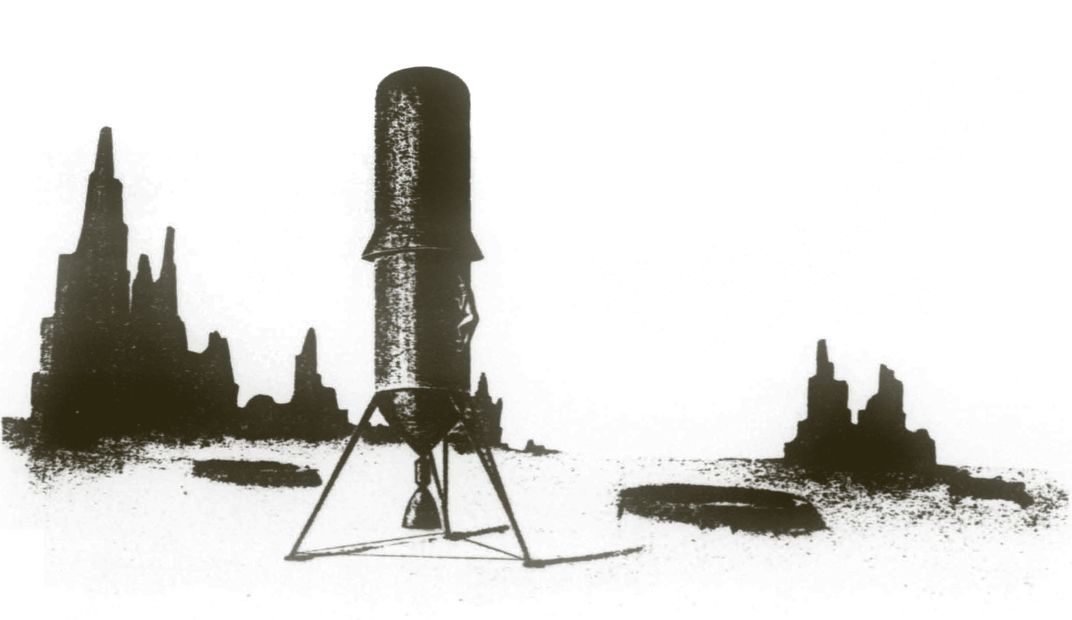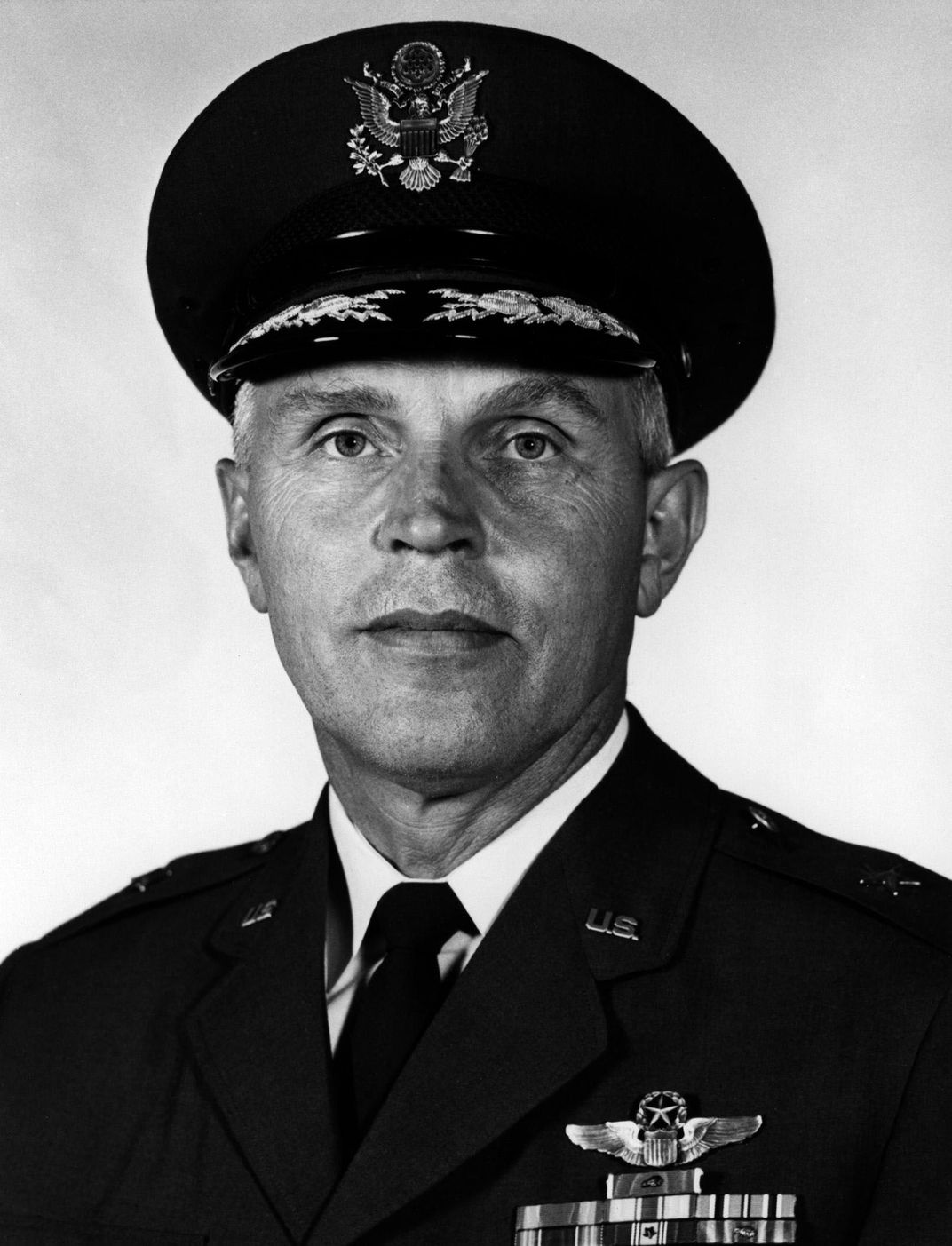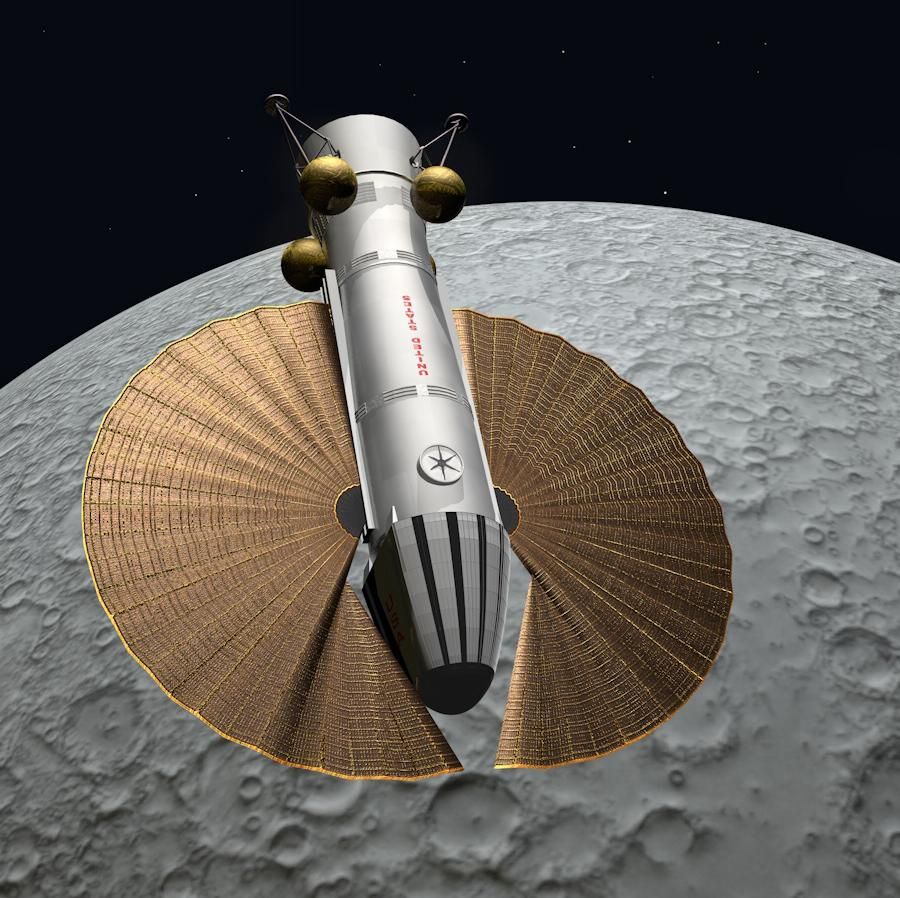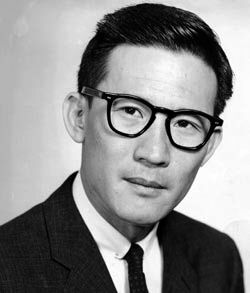The Forgotten Plans to Reach the Moon—Before Apollo
In the years between Sputnik and JFK’s speech, the U.S. military did lots of thinking about how to pull off a lunar landing.
/https://tf-cmsv2-smithsonianmag-media.s3.amazonaws.com/filer/2a/1b/2a1baddd-f306-442a-8e94-48a69fd8fc88/project_horizon_moon_base_1959.jpg)
On this 50th anniversary of Apollo 11, there is a popular misconception that America’s plans to land on the moon began with President Kennedy’s historic “before this decade is out” speech to Congress in May 1961. It’s true that Kennedy jump-started NASA’s Apollo program and the political machinery needed for its ultimate success. But the shock of Sputnik had pushed the U.S. military to start thinking about lunar landings years earlier.
In January 1958, just three months after the Sputnik 1 launch, General Homer Boushey—who had pioneered rocket-assisted flight as a pilot in the 1940s—publicly announced that the Air Force was making plans to establish a military base on the lunar surface. At the time the Army and Air Force were wrestling for control of the strategic missile arsenal, and both services had a logical claim and a hope that this would lead to control of the nation’s fledgling space program as well.
One of President Dwight Eisenhower’s first actions in response to the perceived threat of Sputnik was to create a new agency within the Department of Defense to coordinate advanced technology programs. The Advanced Research Projects Agency (ARPA), established in February 1958, was given the authority to choose how the space program would move forward. By the end of the month, without any of the conventional political horse-trading, ARPA chose a winner. Air Force leaders were informed that they would be in charge of the nation’s space efforts, which led to a rush of activity and creative planning—which very soon focused on the moon as a target.
Project LUMAN
Within a month of ARPA’s decision, Air Force General Bernard Schriever—who, like Boushey, was a Stanford-educated aeronautical engineer—directed a development plan for sending military astronauts to the moon by 1964. The first draft of the Air Force plan was overseen by Colonel Harry Lee Evans, who had a team of military officers, doctors and engineers at his disposal. More than 60 people worked on the ambitious proposal, which was delivered on April 25, 1958.
The plan was broken down into several phases, beginning with “Man in Space Soonest” (MISS) and culminating in “Manned Lunar Landing and Return,” also known as Project LUMAN. Colonel David Carter, an advanced technical planner with the Air Force missile command, was placed in charge of the LUMAN phase. The program included a high-lift vehicle for Earth orbital operations and lunar reconnaissance flights (the Air Force having already spent considerable effort on a winged military space shuttle known as the Dyna-Soar, which later was canceled).
MISS, though, would use a one-person capsule shaped like the smooth nosecone of a ballistic missile. This was to be followed by MISSOPH (“Man-in-Space-Sophisticated”), which was broken into three phases and 28 flights. MISSOPH I would launch an upgraded MISS capsule on either a Thor-Fluorine booster or a 400,000-pound thrust Super-Titan-Fluorine rocket. MISSOPH II would further expand this system, but MISSOPH III would switch to a winged derivative of the early Dyna-Soar designs. That vehicle would be used for the LUREC (“Lunar Reconnaissance”) phase, which would orbit the moon. The final stage of the Air Force plan would be LUMAN, a human-rated lunar lander derived from the MISS design that could take one person down to the moon’s surface and back. LUMAN would be launched by a proposed two million-pound-thrust rocket called the “Big B.”
Within three weeks of delivering the MISS report, Col. Evans was told that it was too ambitious, and that he should strip away all references to lunar missions. While his team had been working, Eisenhower had announced his decision to create a new civilian space agency called NASA.
The Air Force continued to press its case for a military space program, however. For several months a debate went back and forth about the need for a defensive capability on the new high frontier. Eventually it was decided that the Air Force could continue its space planning, as long as it could prove a military requirement.
Project Horizon
The U.S. Army, meanwhile, had been shut out of the space program by ARPA’s decision, despite having Wernher von Braun’s team of ace German rocket scientists in Huntsville, Alabama. When NASA was created, however, a stash of unspent ARPA funds was offered to von Braun’s advanced projects leader Hermann Koelle, a brilliant young German engineer who had come to America in 1954. Koelle had been designing a heavy-lift launch vehicle since 1950. He and von Braun spent $10 million of ARPA’s money between August and October of 1958 completing the design for a 1.5 million-pound launch system they called the Juno V.
Almost immediately after they finished the design, ARPA handed over the rest of its available funds to NASA, leaving von Braun’s team once more out in the cold. On December 12, 1958 they presented to the newly appointed heads of NASA their ideas, including an Earth-orbiting staging post and human flights to the moon. While von Braun was pitching this architecture, his team in Huntsville was cooking up a much more ambitious plan for a large Army moon base. Frank Williams, one of Koelle’s engineers, made the audacious suggestion that a moon base would satisfy the military justification for building the Juno V rocket.
/https://tf-cmsv2-smithsonianmag-media.s3.amazonaws.com/filer/0e/28/0e28ed72-3d1e-4ae1-b79e-51387c965ee7/vb_and_hermann_koelle.jpg)
With von Braun’s blessing, Williams pitched his idea to the Army chiefs in Washington, and to his astonishment was given three months to put the plan down on paper. At almost exactly the same time, the Air Force was holding meetings about its own moon base. Right on the 90-day deadline Koelle and Williams delivered four large volumes of information outlining their plan, which they called Project Horizon.
The Horizon plan would have used a space station as an orbiting construction and refueling site for a lunar lander. Von Braun and Koelle anticipated using up to 15 of the Juno V rockets to launch the space station and landing system. But just a few weeks after the Horizon report made the rounds in Washington, von Braun was persuaded that he should transfer his Huntsville team from the Army to NASA. Horizon ended before it began.
Project MALLAR
All this talk of moon bases at the Pentagon during 1959 (while NASA’s Mercury astronauts were reporting for duty) stimulated several top aerospace contractors to begin their own internal studies for advanced spaceflight. While Boeing focused on the winged Dyna-Soar for the Air Force, the Chance Vought Company in Dallas, Texas, put hundreds of person-hours into a concept called Project MALLAR (Manned Lunar Landing and Return).
Heading up the study for Vought was a brilliant young Trinidad-born aerospace engineer of Asian descent named Conrad “Connie” Lau, who had been co-designer of the F8U Crusader fighter jet (which experience had brought him in contact with a young John Glenn). Lau sub-contracted work on MALLAR to a wide array of smaller companies, and by the end of December 1959 he was ready to show his plans to a visiting congressional delegation.
MALLAR consisted of a three-module system attached to a trans-lunar injection booster stage. Lau’s team concluded that the spacecraft should be placed into lunar orbit, and that a landing module carrying two crew would be sent from there down to the lunar surface. On February 15, 1960, Abe Silverstein, the head of NASA’s space efforts, ordered the agency’s Space Task Group to essentially follow MALLAR’s template. About 18 months later, NASA Langley engineer John Houbolt created MALLIR (Manned Lunar Landing Involving Rendezvous), which was in many respects very similar to MALLAR, incorporating a three-module system and a lunar orbit rendezvous. Within a year MALLIR had evolved into Apollo.
Project LUNEX
Four days after Kennedy’s May 1961 speech directed NASA to aim for the moon, in a last-ditch attempt to stay involved in lunar exploration, the Air Force Ballistic Missile Division delivered its plans for a human moon expedition named LUNEX. It would use a six million-pound-thrust cryogenic launcher for a “direct” ascent to the moon. A crew of three would have a ten-day journey to the moon and back inside a “lifting body” that would act as both lunar lander and reentry vehicle. LUNEX would have benefited from all the groundwork laid for Dyna-Soar and MISSOPH III. But the plan disappeared almost as soon as it was proposed.
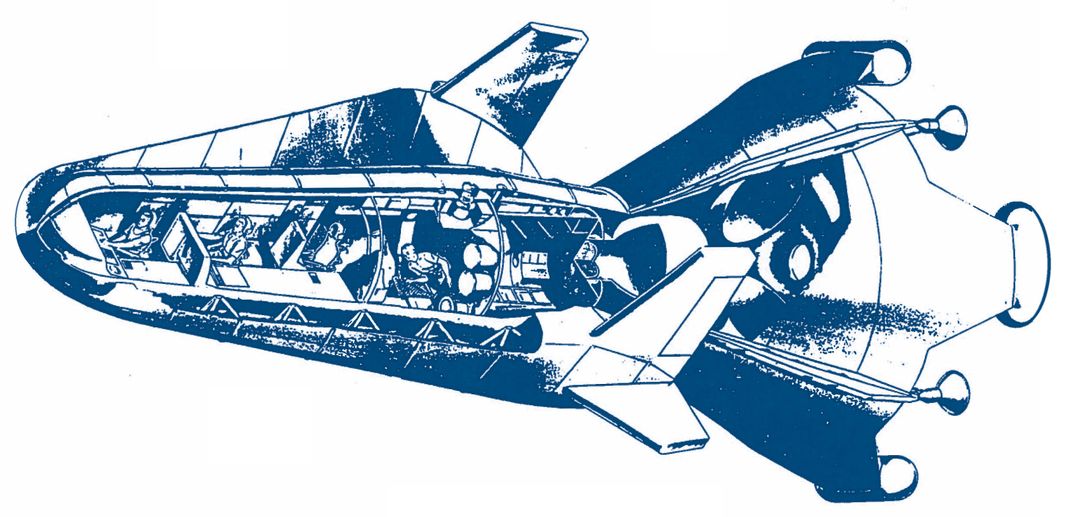
Colonel Evans switched over to the Air Force’s Manned Orbiting Laboratory program, an ambitious plan to launch a military space station, which would also be canceled at the end of the 1960s. Connie Lau remained on various NASA committees but passed away in 1964, before Apollo even got under way (although Vought became the prime NASA contractor for studying lunar orbit rendezvous). As for von Braun’s team, after switching over to NASA they continued to work on Koelle’s Juno V. Soon the rocket had a new name: Saturn.
Robert Godwin is the editor and author of more than 100 books on spaceflight, including two recent volumes detailing these early lunar mission plans: Manned Lunar Landing and Return, and Proposal for Man-in-Space.
